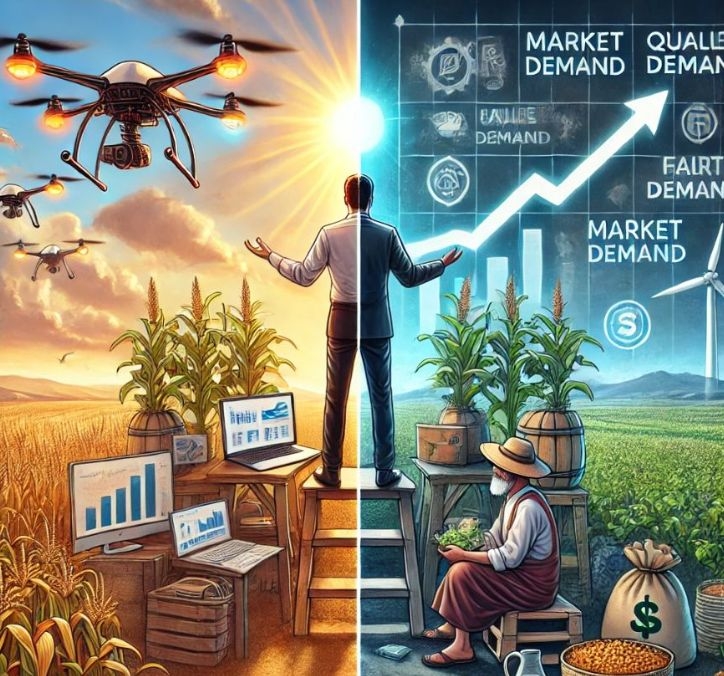Key Takeaways
- The agriculture carbon sequestration market is expected to grow from $155 million in 2023 to $912.9 million by 2034, driven by climate initiatives.
- Key growth factors include government incentives, technological advancements, and rising carbon credit demand.
- Challenges such as lack of standardization in carbon credit verification hinder market trust and transparency.
Market Outlook for Agriculture Carbon Sequestration
The agriculture carbon sequestration market is poised for significant growth, valued at $155 million in 2023, with a projected compound annual growth rate (CAGR) of 17.74%, reaching $912.9 million by 2034. This growth is primarily driven by increasing global climate change efforts, improved soil health, and sustainable agricultural practices.
Agriculture carbon sequestration involves capturing atmospheric carbon dioxide for storage in soil, biomass, and vegetation. Techniques such as cover cropping, no-till farming, agroforestry, and biochar application contribute to this process, enhancing soil fertility and mitigating greenhouse gas emissions.
Market Segmentation
The market is segmented by application, type, and region:
- Application: Crop farming is at the forefront due to the adoption of regenerative practices and financial incentives linked to carbon credits.
- Type: Natural-based solutions dominate, acclaimed for their eco-friendliness and backed by government and corporate support.
- Region: North America leads the market, driven by effective government policies and advancements in precision agriculture.
Growth Drivers
Key drivers for market expansion include:
- Government Incentives: Policies from the USDA and EU are encouraging the adoption of sustainable practices through financial benefits.
- Technological Advancements: The integration of tools like satellite imagery and AI improves data-driven decision-making and accurate carbon tracking.
- Rising Demand for Carbon Credits: Increasing investments in carbon credit markets are pushing the need for verified carbon sequestration methods.
Market Challenges
Despite its potential, the market faces challenges, particularly the lack of standardization in carbon credit verification and pricing. Industry experts advocate for globally recognized frameworks to foster transparency and trust, especially among agricultural stakeholders.
Key Industry Players
Prominent companies in the agriculture carbon sequestration landscape include Indigo Agriculture, Soil Capital, Yara, BASF, and Corteva Agriscience. These businesses are engaging in partnerships, development of MRV solutions, and pilot projects to enhance their market presence.
Industry Developments
Recent advancements include:
- Silva Capital’s launch of a $250 million reforestation fund supported by major corporations.
- CinSOIL’s introduction of AI-powered carbon tracking software.
- Indigo Ag’s successful carbon harvest resulting in the generation of over 163,000 credits.
- CANZA’s pilot project in Canada aiming for significant CO₂ reduction by 2050.
The content above is a summary. For more details, see the source article.















